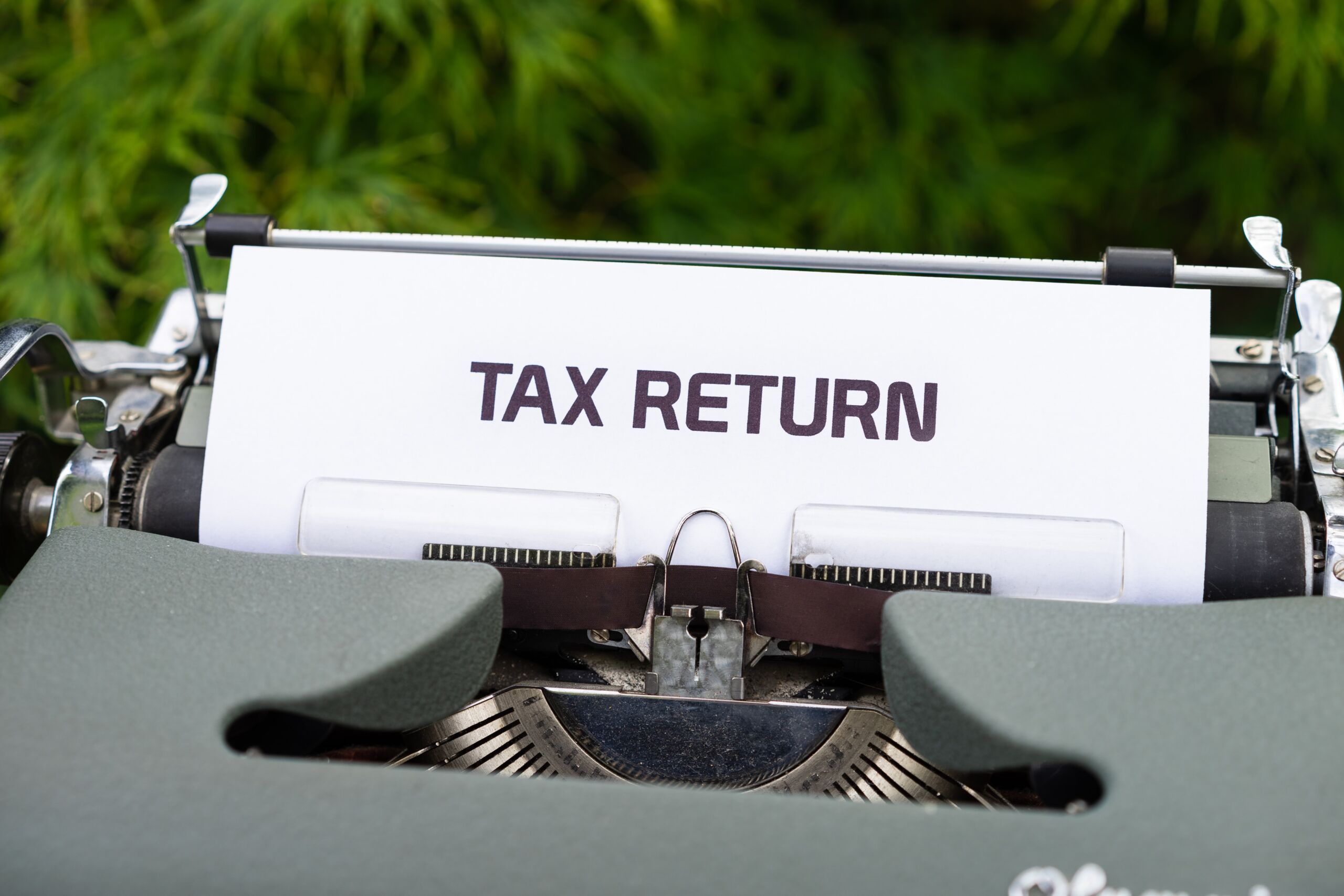Energy Loan – All You Need To Know
Energy loans: everything you need to know
An energy boost?
We’ve all seen the discourse surrounding rising energy costs in the news recently, and the subsequent announcement from the Government to introduce energy loans to help subsidise the costs. But what does this actually mean? And, will it really be beneficial in the long run?
The unfortunate reality is that prices are set to skyrocket by up to 54%, regardless of whether these payments are spread over a longer period of time. For many, spreading the costs might not actually be their preference (a recent poll states that over half of people would prefer to opt out of the scheme). While for some, forking out extra on energy bills may have a detrimental impact on their finances and see thousands of households driven into fuel poverty.
Energy loans explained
The government has said all households in the UK will receive £200 off their energy bills, before repaying the “loan” back at a rate of £40 a year over five years starting from 2023. For many though, Rishi Sunak’s pledge will come too little too late as the scheme doesn’t actually arrive until in October this year, when energy bills may have increased even further.
The loan will give roughly 28 million households an upfront discount on their bills worth £200. Energy providers will apply this to home electricity customers from October, with the government picking up the tab to start with.
For landlords and tenants though, different terms and conditions will apply. To find out more, head over to gov.co.uk.
Will this actually benefit me?
You’ll probably find that the energy loan scheme will be beneficial for you if:
- You don’t have enough home income to cover your energy costs, or you want to save it for other essential needs
- Your priority is to maximise your cash flow elsewhere in the short term
What other help is available to energy customers?
Alongside the current proposal from the Chancellor, there are a number of alternative options available as well. There’s the warm home discount scheme, which gives households a £140 discount to those on housing benefits during the winter.
The government has also confirmed that it is going ahead with previously announced proposals to widen the eligibility for this warm home discount by almost 30%, so up to 3 million low income households will now be able benefit, not to mention the planned £10 increase to £150 from this October.
There are a number of other grants available too such as the cold weather payments. These are one-off amounts to help people pay for extra heating costs during the peak winter months.
Next steps
It’s been a whirlwind start to 2022, and there’s certainly a lot to get your head around with regards to these price increases. The good news is that for those that are most in need, up to £500 is available to help ease the costs, and only £200 of which will actually be repayable. As always though, it’s just a case of doing a bit of research to figure out what’s going to be best for you now, and in the future.

Each month we’ll aim to bring a bit of humanity and common sense back into the world of finance.







